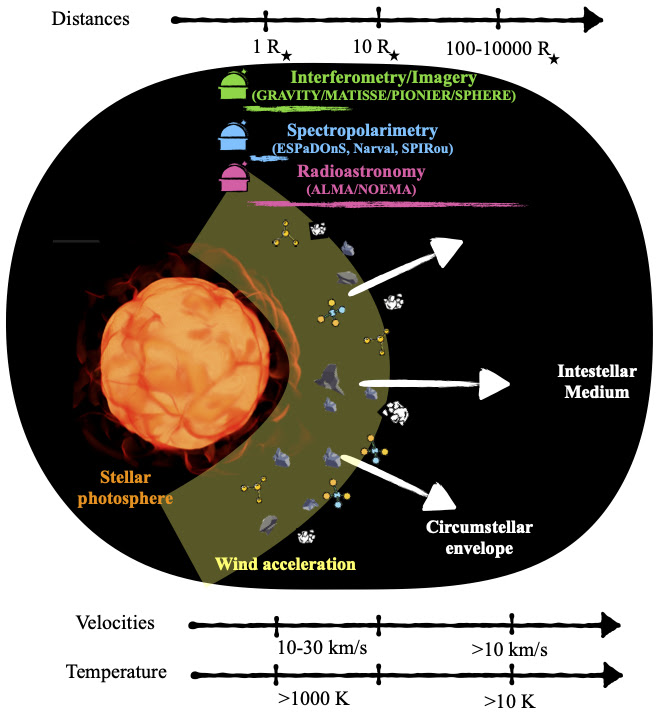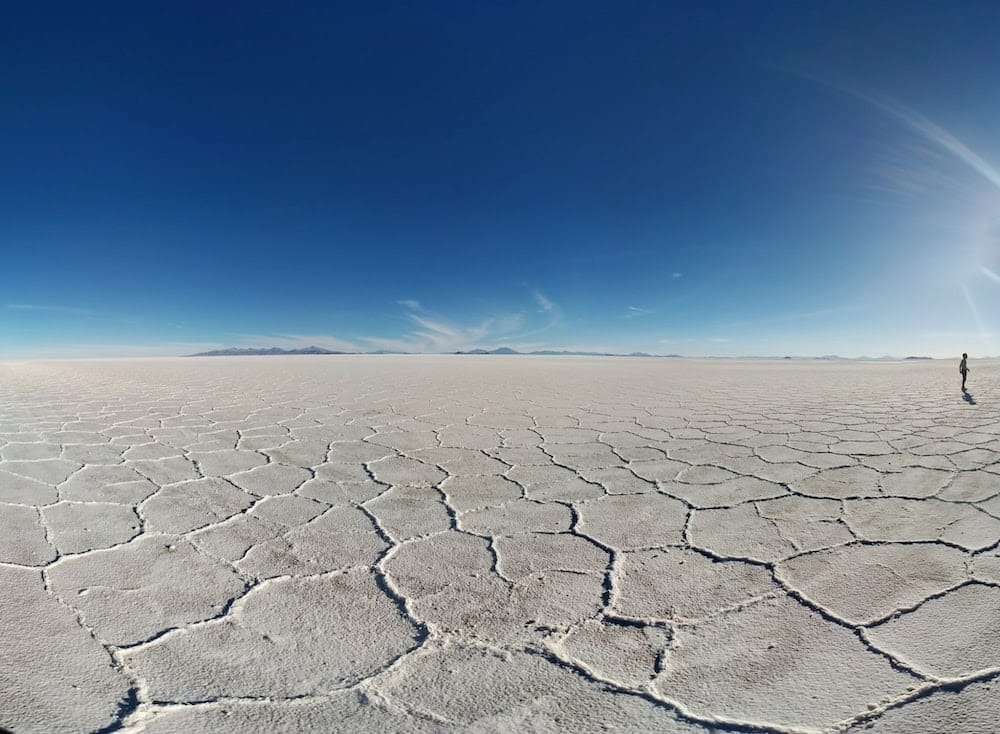
The best definition of the atmosphere is that it is a layer of air that surrounds the globe, focusing only on our planet. There are still many mysteries about its exact role.
But it is necessary to explain the full definition of the atmosphere, an atmosphere consists of the layers of gas surrounding a planet or other celestial body. The Earth’s atmosphere is composed of about 78% nitrogen, 21% oxygen and 1% other gases. These gases are found in atmospheric layers (troposphere, stratosphere, mesosphere, thermosphere and exosphere) defined by unique characteristics such as temperature and pressure.
The atmosphere protects life on Earth by protecting it from ultraviolet (UV) rays, keeping the planet warm through insulation and preventing extreme temperatures between day and night. The sun heats layers of the atmosphere, causing it to convect, causing air movement and weather conditions around the world.
The layer of the atmosphere at rest has a structure of concentric layers. The photograph below shows the troposphere at the bottom, where the temperature decreases linearly with altitude, the stratosphere at the top, where the temperature rises due to the heat released by the absorption of ultraviolet radiation, and the transition to space at the top, which remains black.
Scientists explain that all the phenomena present in this atmosphere, and even beyond, come from the waves that cross it by sound and light.

Their respective capacities allow the images to reach us before the noises, the sky to turn blue in the middle of the day and to turn red in the evening.
Above the visible light, the Sun sends us all the fraction of its radiation directed towards the Earth, of which a part, the albedo, is reflected towards space before reaching the ground. Only the remainder, of the order of 240 W.m-2, reaches the ground and the average temperature of the planet, close to 15 °C, is such that its radiation towards space balances this received radiation. Taking into account the greenhouse effect, the Earth must radiate 390 W.m-2 at ground level for 240W.m-2 to reach space.




